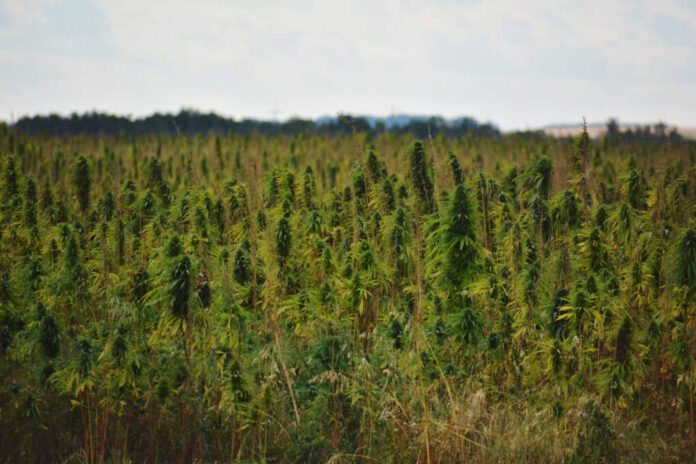
Ohio Governor Mike DeWine signed an executive order banning THC-containing hemp products after pediatric exposures nearly tripled in four years.
Story Highlights
- Governor DeWine issued temporary ban on THC gummies, beverages, and edibles marketed like candy to children
- Ohio Poison Control documented exposures among kids aged 19 and younger surging from 419 cases in 2021 to 994 in 2024
- Children under 5 experienced nearly triple the exposures, jumping from 202 to 555 cases over same period
- Retailers face fines and product confiscation if they fail to remove banned items by October 14, 2025 deadline
Federal Loophole Creates Public Health Crisis
The 2018 Farm Bill legalized industrial hemp at the federal level, but Washington bureaucrats failed to regulate THC analogs like delta-8 and delta-9 derived from hemp. This regulatory gap allowed manufacturers to flood the market with intoxicating products sold outside the strictly controlled marijuana dispensary system. Gas stations, convenience stores, and online retailers began selling these products without age verification or proper oversight. The result was predictable: children gained easy access to dangerous substances packaged to look like popular candies and snacks, creating a public health emergency that state governments now must address because federal agencies refused to act responsibly.
State bans products with dangerous substance amid growing fears of overuse by kids
Executive order targets THC gummies and beverages marketed in colorful, candy-like packaginghttps://t.co/st9yPENcE7
— The Big Bad Conservative Wolf (@RightWingNest) October 10, 2025
Alarming Surge in Child Exposures Demands Action
Ohio Poison Control data reveals the severity of this crisis. Between 2021 and 2024, THC exposures among those 19 and younger more than doubled from 419 to 994 cases. The situation for young children is even more alarming, with exposures among kids under 5 nearly tripling from 202 to 555 during the same timeframe. These aren’t just statistics; they represent emergency room visits, hospitalizations, and terrified parents watching their children suffer the effects of accidental intoxication. Research from the National Institute on Drug Abuse confirms that adolescent THC exposure damages learning, memory, and attention while altering brain development. Governor DeWine’s executive order requires retailers to remove all THC-containing beverages, gummies, cookies, and similar products by October 14, 2025, with the Ohio Department of Agriculture empowered to enforce compliance through fines and product seizures.
Watch:
Marketing Tactics Deliberately Target Youth
The most troubling aspect of this crisis involves manufacturers deliberately packaging intoxicating hemp products to resemble candy, cookies, and popular treats that appeal to children. These products bypass existing marijuana regulations because federal law created a distinction between hemp-derived and marijuana-derived THC, despite both substances producing intoxication. Dr. Marc Siegel, senior medical analyst, described the situation as opening a “Pandora’s box” of unregulated THC products and supported the temporary ban while emphasizing that federal regulatory failures created this mess. The products’ widespread availability in unregulated retail environments, combined with child-friendly packaging, demonstrates either gross negligence or intentional exploitation by manufacturers seeking to maximize profits regardless of public safety consequences.
Economic and Regulatory Consequences
The ban creates immediate economic impacts for retailers who must remove profitable products from shelves and manufacturers who face recall costs and reputational damage. However, these business interests cannot supersede child safety and parental rights to raise children in communities free from predatory marketing of intoxicating substances. The hemp and cannabis industries now face increased regulatory scrutiny that responsible operators should welcome as it distinguishes legitimate businesses from those willing to exploit regulatory loopholes. The fundamental question remains whether manufacturers have any legitimate business interest in selling intoxicating products packaged like children’s candy outside regulated dispensaries where age verification and safety controls exist.
Sources:
State bans products with dangerous substance amid growing fears of overuse by kids
PFAS in Children’s Products: State-by-State Regulations
Bill Tracker – Safer States
What Parents Need to Know About Red Dye No. 3 & Other Potentially Harmful Food Additives
State Bans Products Containing Dangerous Substance Due to Kid Overuse Fears


















